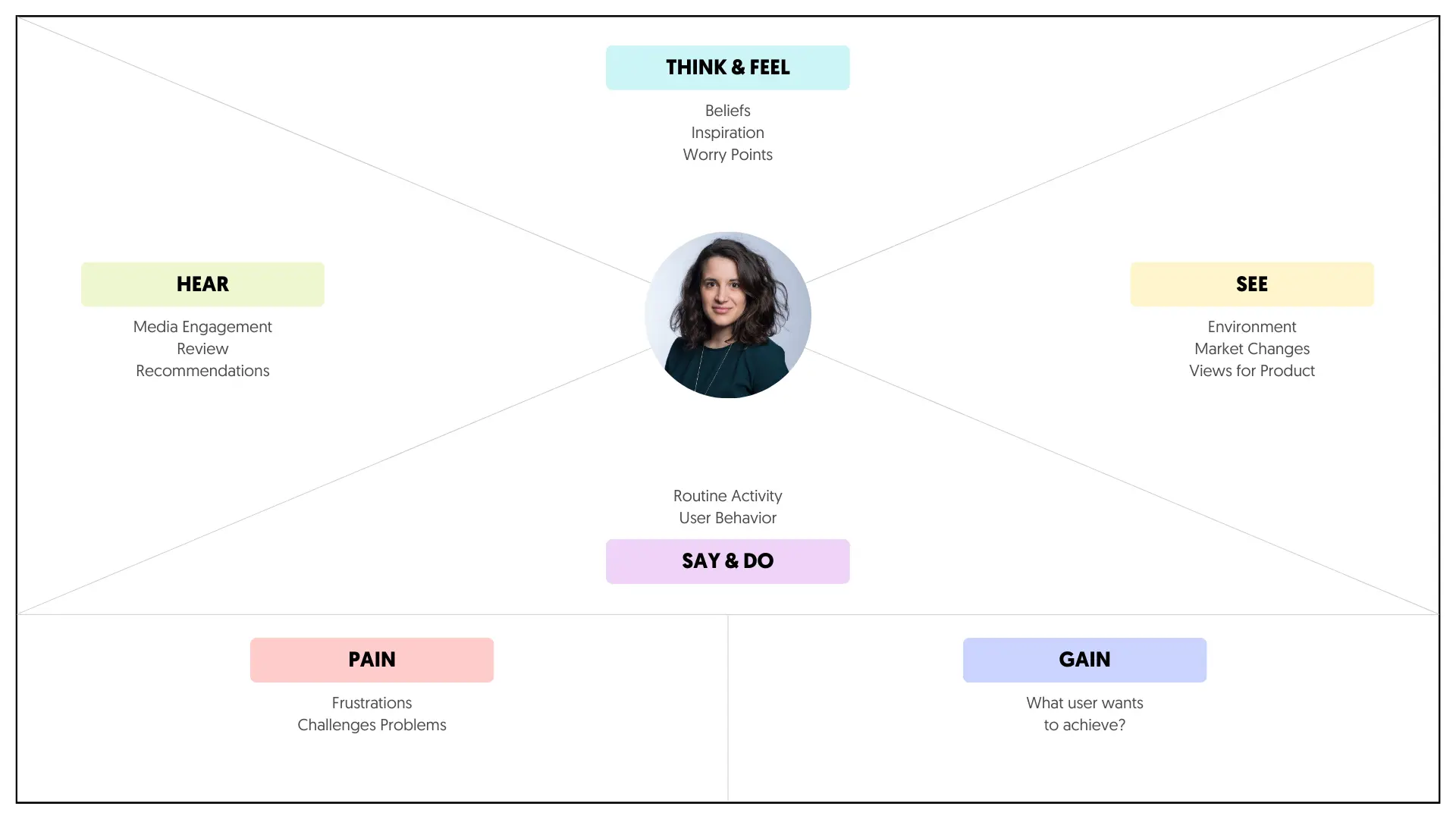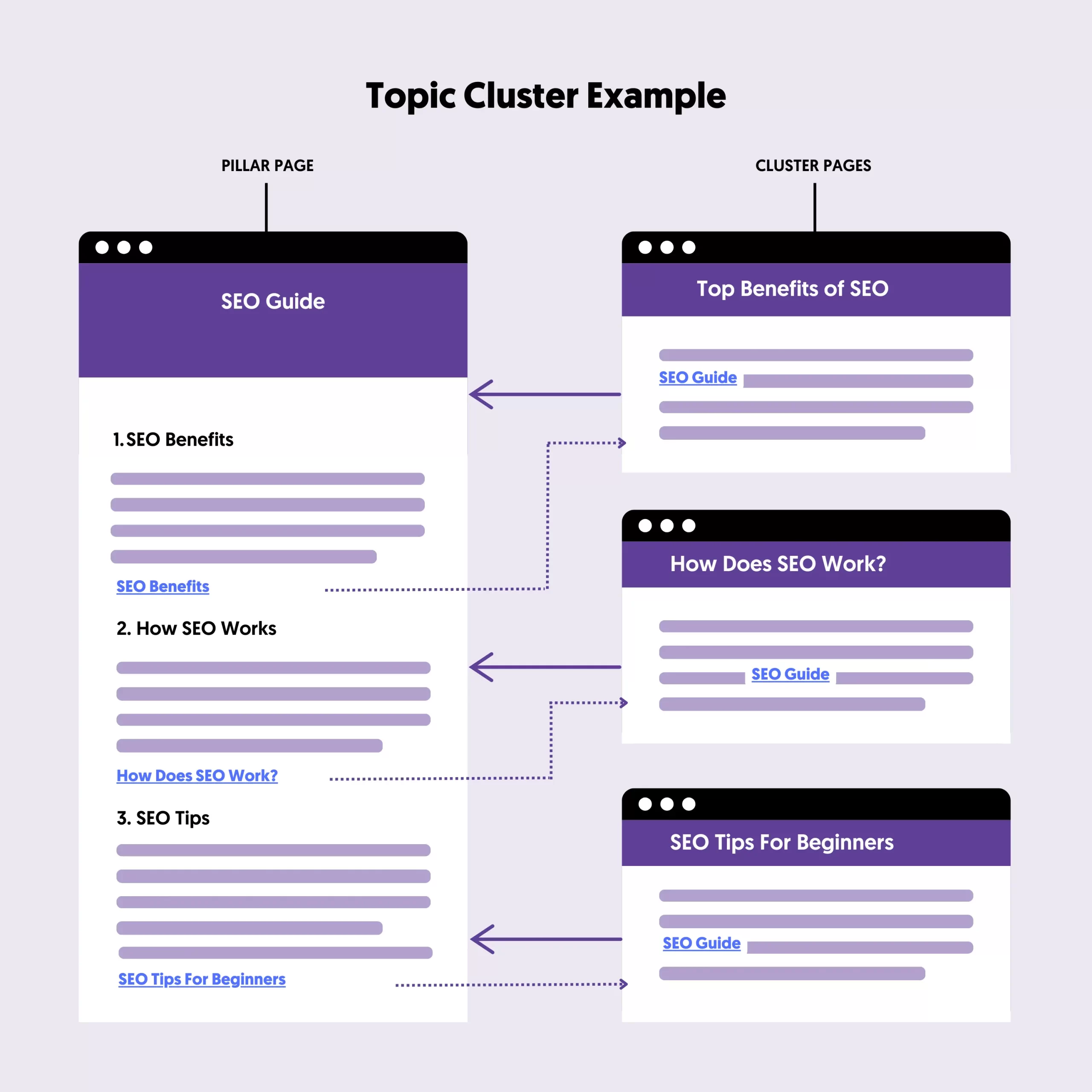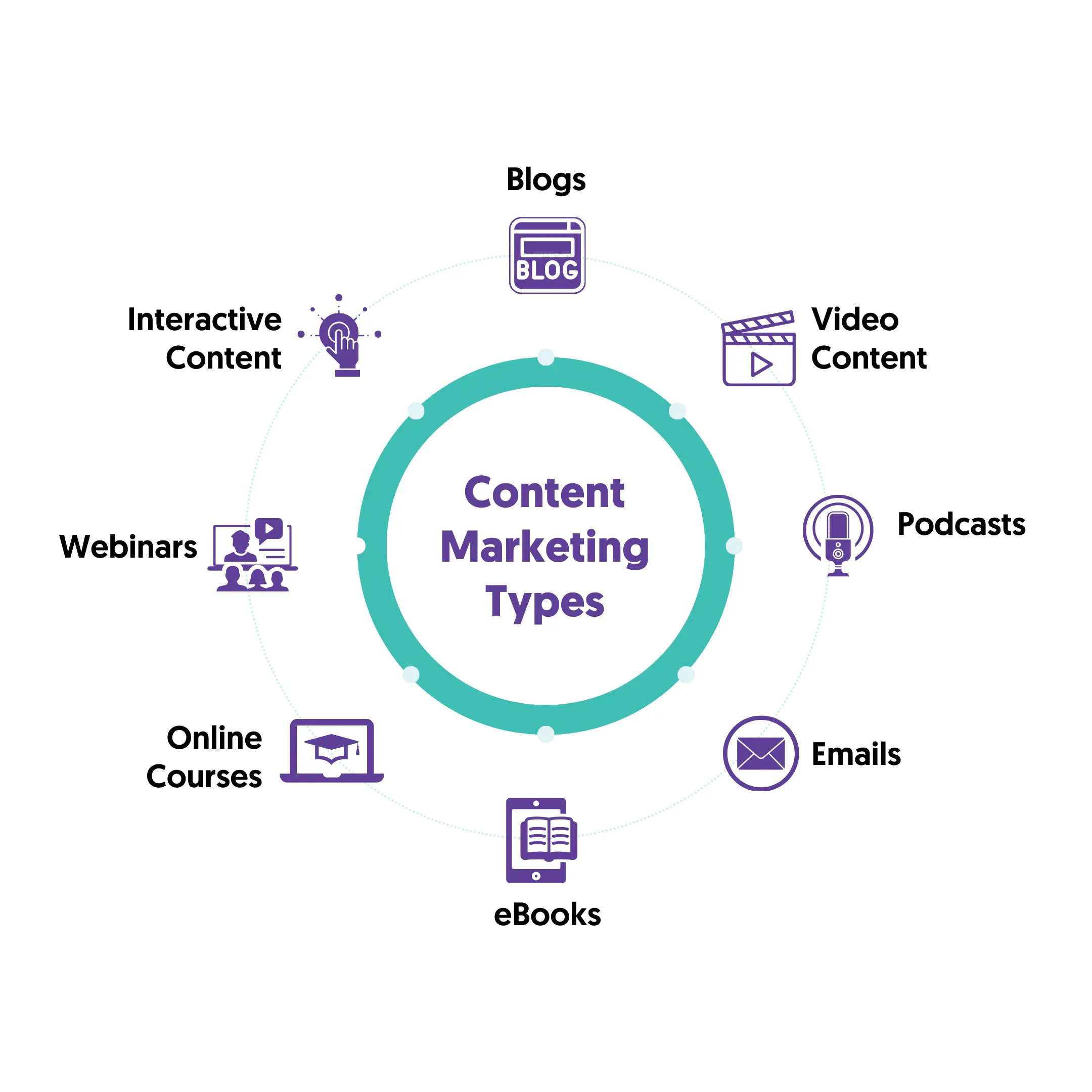Have you ever wondered what is the driving force behind successful online businesses? It's not SEO or social networks, but it's Content Marketing. When done right, content marketing can change any website's fade.
Follow our 10 content marketing tips below and boost your rankings and traffic.
1. Create a Content Calendar
A successful content marketing campaign starts with a well-structured plan, and that begins with a content calendar. A content calendar helps you organize, schedule, and manage your content creation process effectively. Without a clear plan, your content efforts can become inconsistent, making it harder to engage your audience and achieve your marketing goals.

A well-maintained content calendar ensures consistency, which is key to building audience trust and improving SEO. When you plan ahead, you can focus on creating high-quality content rather than rushing to publish something last-minute.
Use tools like Google Calendar, Trello, or Notion to organize your schedule, assign tasks, and track deadlines. By staying organized, you’ll not only save time but also maximize the effectiveness of your content marketing strategy.
2. Get To Know Your Audience
Effective content marketing starts with understanding who your audience is and what they need. If you don’t know who you’re creating content for, your efforts may not generate the engagement or conversions you expect.

Before you start writing, take the time to research your target audience’s demographics, interests, challenges, and preferences. The better you understand them, the more relevant and valuable your content will be.
Start by analyzing your existing audience using tools like Google Analytics, social media reports, and customer surveys. Analyze their age, location, browsing behavior, and the type of content they engage with the most.
Use AI tools like ChatGPT to create buyer personas. These personas should include details like job roles, key motivations, goals, and preferred channels.

Once you have a clear picture of your audience, tailor your content to address their specific needs and interests. Speak their language, answer their questions, and provide solutions to their problems.
3. Publish Evergreen Content
For long-term success in content marketing, you must focus on creating evergreen content. This is content that remains relevant and valuable over time.
Unlike trending topics, which have a short lifespan, evergreen content continues to attract traffic and engage readers long after it’s published.
Evergreen content has the following characteristics:
- It's unique and original.
- It's useful.
- It’s always relevant (not associated with a specific time period but it’s relevant whenever you read it)
- It is thorough, detailed, and informative.
- It is searchable – it covers topics users search for on Google
Examples of evergreen content include how-to guides, ultimate resource lists, frequently asked questions (FAQs), case studies, and beginner’s guides.
For example, an article titled “How to Optimize Your Website for SEO (Step-by-Step Guide)” will remain relevant for years, whereas “Top SEO Trends for 2024” will quickly become outdated.
Evergreen content will help you establish a solid online presence and, over time, build high rankings on Google, which in turn will get you more traffic.
4. Write For Users
I know it sounds cliché, but it’s true: you should write for users first and optimize for search engines second. A successful content strategy balances both.
If you create content purely for search engines, you risk publishing content that lacks depth, originality, and engagement. On the other hand, if you write without considering SEO, your content may never reach its intended audience.
Search engines exist to serve users by delivering the most relevant and valuable content. But for search engines to recognize your content's value, it must also be structured and optimized properly. This means using clear headings, relevant keywords, internal links, and a well-organized format that is easy for both users and search engines to understand.
The best approach? Write content to satisfy the search intent of the user and THEN optimize it for search engines.
Related Guide: Read my previous guide on content SEO to learn how to optimize your content for search engines.
5. Build Content Hubs
When publishing content on your website or blog, ensure it is relevant to your niche and area of expertise. While this might seem obvious, many content creators make the mistake of posting unrelated content just because they find it interesting or because it has a high search volume.
For example, if you run a tech blog, posting about cooking recipes won’t add value to your audience or help with SEO. In fact, publishing off-topic or low-quality content can negatively impact your site’s rankings.
With Google’s Helpful Content Update (HCU) and core algorithm updates, content irrelevant to your niche or not providing real value to users may be seen as unhelpful, leading to lower rankings or even penalties.
The best approach is to structure your content around related topics that support your business goals. This is where content hubs, topic clusters, and pillar pages come into play.

A content hub is a well-organized collection of related articles that interlink to cover a subject comprehensively. Pillar pages serve as the primary, in-depth guide on a broad topic, while cluster content consists of smaller, focused articles that dive deeper into subtopics.
For example, if you sell coffee makers online, your website shouldn’t just have product listings. You should create a pillar page about “The Ultimate Guide to Choosing the Best Coffee Maker” and then build supporting articles like “How to Clean a Coffee Maker,” “Best Coffee Beans for Espresso Machines,” and “How Water Quality Affects Coffee Taste.”
All of these articles should link back to the main pillar page, strengthening your site’s authority and improving SEO.
6. Publish Compelling Content
To succeed in content marketing, you need to learn how to create compelling, high-quality content that stands out. With so much online content, only the best, most helpful pieces will attract attention, generate shares, and rank well on search engines.
One key factor that makes content valuable is content depth. Studies show that long-form content (1,500+ words) performs better in search results and is more shareable on social media.
Rather than publishing content targeting a single keyword, focus on creating well-researched content that covers a topic in depth.
However, long content alone isn’t enough—it also needs to be engaging, visually appealing, and aligned with audience preferences. For example, fashion-related content benefits from more images and videos, while technical topics may require in-depth explanations and step-by-step guides.
To make your content more shareable and attractive, consider formats that work well across different niches, such as:
- Top 10 lists…
- Best-of lists…
- How to …
- 10 ways to…
- Most popular ways…
- Best tips for…
Also, remember that for your content to perform well, it must be better than your competitors.
Before creating your content, search Google, Facebook, and Twitter (or the network closest to your target audience) and analyze what type of content ranks highest.
Notice content length, type, quality, and format, and try to make your content better in all aspects.
Content that is not better than what is already ranked on Google cannot get high rankings.
So, spending more time improving the content is better than rushing to hit the publish button and lose your time.
7. Optimize Your Content
Creating great content is only half the battle—you also need to optimize it to rank well on search engines and reach the right audience.
Here are some basic content optimization steps you should follow:
Use relevant keywords naturally – Find the words and phrases people are searching for and include them in your title, headings, and throughout your content.
Write a compelling title and meta description – Your title should be clear and attention-grabbing, while your meta description should encourage clicks.
Use proper headings (H1, H2, H3, etc.) – Headings make your content easy to read and help search engines understand its structure.
Add internal and external links – Link to other useful pages on your site (internal links) and trusted sources (external links) to provide more value and improve SEO.
Optimize images – Use descriptive filenames and alt text (alternative text) for images so that search engines can understand them. This also improves accessibility.
Make your content easy to read – Use short paragraphs, bullet points, and visuals to improve readability.
8. Publish Content Consistently
Besides providing up-to-date and accurate content, another tip you can follow is to make sure that you keep a consistent publishing schedule.
Having a pre-defined publishing calendar will help you organize your time better and build a list of loyal fans.
Do not forget that new content is also an incentive for:
- Search engines to visit your website.
- Get more visits from your newsletter and RSS feed.
- Get more visits from social media.
- Keep your repeating visitors happy.
9. Use Different Content Types
Many people associate content marketing primarily with blogging, but it goes far beyond that. While blogging is a crucial component, content marketing includes various formats like videos, podcasts, infographics, case studies, and social media posts.
Some users prefer reading long-form articles, while others engage more with videos, podcasts, infographics, or interactive content. Using a mix of formats can create a more engaging and well-rounded content strategy.

Here are some content types to consider:
- Blog posts & articles – Great for in-depth information, SEO, and long-term traffic.
- Videos – Highly engaging and perfect for social media and YouTube.
- Podcasts – Ideal for audiences who prefer audio content.
- Infographics – Visually appealing and easy to share.
- Case studies – Show real-world success stories and build credibility.
- Social media content – Short-form posts, carousels, and reels help attract attention quickly.
Remember to repurpose your content. For example, if you publish a blog post, turn it into a short video summary, create an infographic for Pinterest, and discuss key takeaways on a podcast episode. Repurposing content across different formats not only saves time but also helps you maximize its impact.
10. Promote your content
Don’t expect your potential customers to search for your website, visit it, and buy your products.
When you publish a new piece of content, you need to promote it so that it gets the attention it deserves.
There are many ways to promote your content without exaggerating or taking risks, so the next step after hitting the publish button is to do a good promotion.
Here are some ideas to consider:
- Share on social media – Post your content on platforms like Facebook, Twitter, LinkedIn, and Pinterest, adjusting your message for each audience.
- Leverage email marketing – Send your latest content to your email subscribers with a compelling subject line.
- Engage in online communities – Share your content in relevant Facebook Groups, Reddit threads, or industry forums (without spamming).
- Use influencer marketing – Reach out to industry influencers who might find your content valuable and encourage them to share it.
- Run paid ads – Boost content using Facebook Ads, Google Ads, or LinkedIn Ads for more visibility.
- Build backlinks – Reach out to other websites and blogs in your niche, offering guest posts or asking them to reference your content.
- Use internal linking – Link to your new content from older, high-performing blog posts to drive traffic to it.
Conclusion
Content marketing is important for all types of businesses. The benefits of content marketing are numerous, and recent studies have shown that a large percentage of people (more than 70%) prefer reading articles about a company rather than reading advertorials.
When designing your content marketing strategy, you must find the right balance between content creation, user satisfaction, and conversions.



